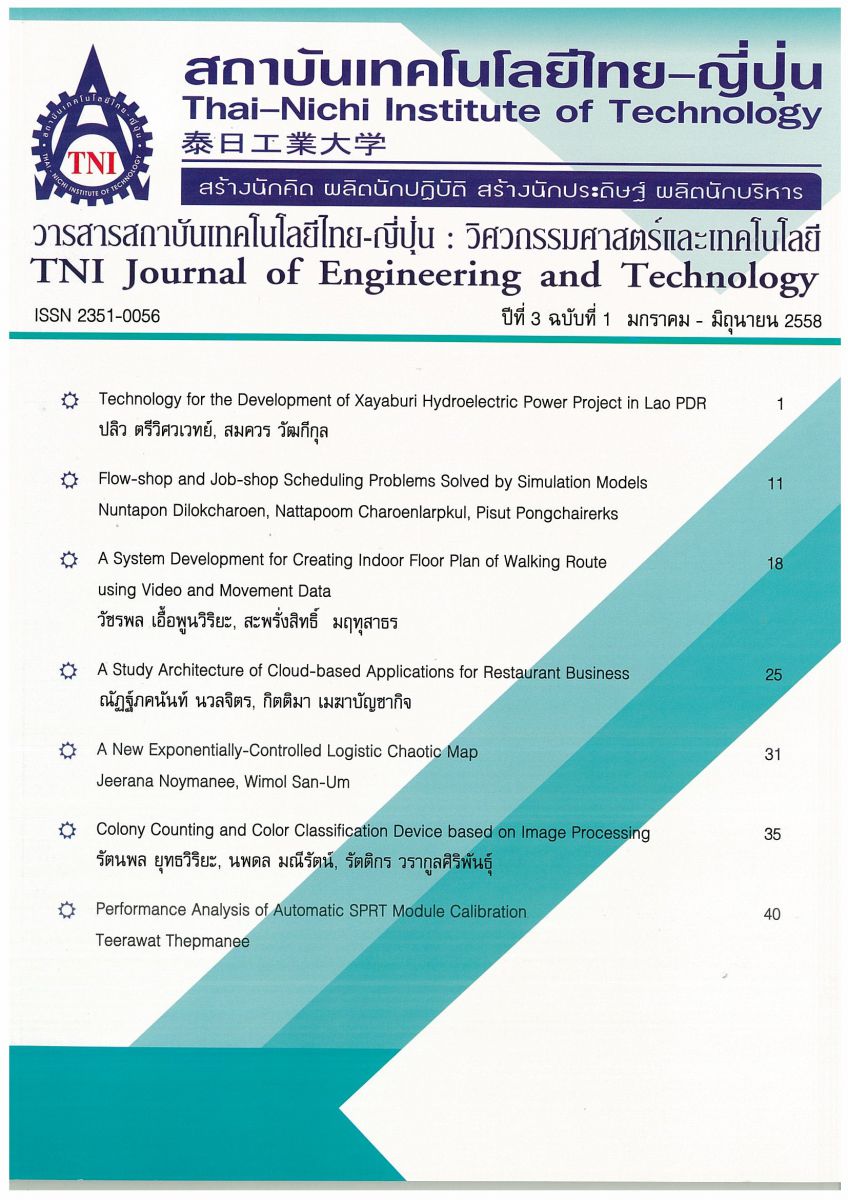Stability of mixed-phase alumina catalysts for ethanol dehydration reaction
Main Article Content
Abstract
Dehydration reaction is an important and basic technology for converting ethanol into ethylene product which temperature is less than pyrolysis reaction. It is also considered as alternative energy for future. Many researches improve and modify catalyst in order to obtain high selectivity. The selectivity factor mostly depends on acidity on a catalyst and temperature, which is catalytic early degradation.
In this present study, the mixed gamma and chi crystalline phases of alumina catalyst calcined at 600 °C was employed for ethanol dehydration to ethylene. The mixed g-and c-crystalline phase alumina was prepared by solvothermal method. The catalyst was performed for ethanol dehydration reaction under atmospheric pressure at temperature of 200-400 °C in a fixed-bed reactor. They exhibited both high conversion and high selectivity to ethylene more than 90% of interval temperature 350-400 °C. The catalyst was characterized by several techniques. However, the stability of these catalysts will be further investigated by reaction test at the specified temperature (300-400 °C) within time-on-stream (TOS) around 6 hrs. The coke formation will appear on the surface of spent catalysts. After TOS 12 hrs., the coke content reaches very high level, which affects to catalyst deactivation. Therefore, the operating condition (such a TOS and temperature) leads to generate coke deposited on the catalysts significantly. The different characteristics of the fresh and spent catalysts will be compared and discussed further.
Article Details
Article Accepting Policy
The editorial board of Thai-Nichi Institute of Technology is pleased to receive articles from lecturers and experts in the fields of engineering and technology written in Thai or English. The academic work submitted for publication must not be published in any other publication before and must not be under consideration of other journal submissions. Therefore, those interested in participating in the dissemination of work and knowledge can submit their article to the editorial board for further submission to the screening committee to consider publishing in the journal. The articles that can be published include solely research articles. Interested persons can prepare their articles by reviewing recommendations for article authors.
Copyright infringement is solely the responsibility of the author(s) of the article. Articles that have been published must be screened and reviewed for quality from qualified experts approved by the editorial board.
The text that appears within each article published in this research journal is a personal opinion of each author, nothing related to Thai-Nichi Institute of Technology, and other faculty members in the institution in any way. Responsibilities and accuracy for the content of each article are owned by each author. If there is any mistake, each author will be responsible for his/her own article(s).
The editorial board reserves the right not to bring any content, views or comments of articles in the Journal of Thai-Nichi Institute of Technology to publish before receiving permission from the authorized author(s) in writing. The published work is the copyright of the Journal of Thai-Nichi Institute of Technology.
References
Starokon, E. V., et al. (2014). "Epoxidation of ethylene by anion radicals of a-oxygen on the surface of FeZSM-5 zeolite." Journal of Catalysis 309(0): 453-459.
Shi, Y.-f., et al. (2001). "Kinetics for benzene+ethylene reaction in near-critical regions." Chemical Engineering Science 56(4): 1403-1410.
Sastri, V. R. (2014). 6 - Commodity Thermoplastics: Polyvinyl Chloride, Polyolefins, and Polystyrene. Plastics in Medical Devices (Second Edition). V. R. Sastri. Oxford, William Andrew Publishing: 73-120.
Sadrameli, S. M. (2015). "Thermal/catalytic cracking of hydrocarbons for the production of olefins: A state-of-the-art review I: Thermal cracking review." Fuel 140(0): 102-115
Korsunsky, A. M., et al. (2011). "Strain tomography of polycrystalline zirconia dental prostheses by synchrotron X-ray diffraction." Acta Materialia 59(6): 2501-2513.
Khom-in, J., Praserthdam, P., Panpranot, J., and Mekasuwandumrong, O. Dehydration of methanol to dimethyl ether over nanocrystalline Al2O3 with mixed y- and x - crystalline phases. Catalysis Communications 9(10) (2008): 1955-1958.
Chakraborty, A. and B. Sun (2014). "An adsorption isotherm equation for multi-types adsorption with thermodynamic correctness." Applied Thermal Engineering 72(2): 190-199.
Radovic, L. R. (Ed.). (2004). Chemistry & Physics of Carbon (Vol. 29). CRC Press.
Santacesaria, E., et al. (1977). "Basic behavior of alumina in the presence of strong acids." Industrial & Engineering Chemistry Product Research and Development 16(1) : 45-47.
Wang, F., et al. (2011). "Corrigendum to “Coking behavior of a submicron MFI catalyst during ethanol dehydration to ethylene in a pilot-scale fixed-bed reactor” [Appl. Catal. A: Gen. 393 (2011) 161–170]." Applied Catalysis A: General 398(1–2): 195.


